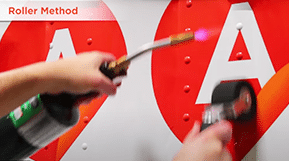Become a WrapitRight Insider
Get expert vinyl installation videos straight to your inbox.
Plus, unlock exclusive perks just for you.
Get expert vinyl installation videos straight to your inbox.
Plus, unlock exclusive perks just for you.
Plus, unlock exclusive perks just for you.
• Free access to our courses
• First know about events and campaigns
• Giveaways and exclusive discounts

Hi there, I want to subscribe for this webpage to get hottest updates,
so where can i do it please help.
Annual tune‑ups are available; we flush, reseal corners and adjust hangers so your system keeps working even after the roughest winter freeze–thaw cycles. Tacoma’s notoriously unpredictable rain makes high-capacity seamless gutters an absolute must for any homeowner who wants long‑term protection and peace of mind. Choosing 6‑inch K‑style aluminum troughs means up to 40 percent more water moves away from your roof, preventing the dreaded waterfall effect in heavy downpours.
This is great. I gained plenty from going through it. The information is highly educational and structured.
Well written. Super relevant to what I’m working on.
I appreciate this information. Super relevant to what I’m working on.
Loved this! Can you elaborate on this part?
This article is incredibly informative. I genuinely appreciated perusing it. The content is extremely well-organized and simple to understand.
Great post! This really made me think.
Excellent article. It’s extremely articulate and filled with beneficial information. Many thanks for sharing this post.
Very practical! Exceeded expectations.
Fiquei impressionado com a eficiência. Sem arrependimentos.
Produto incrível! Super recomendo.